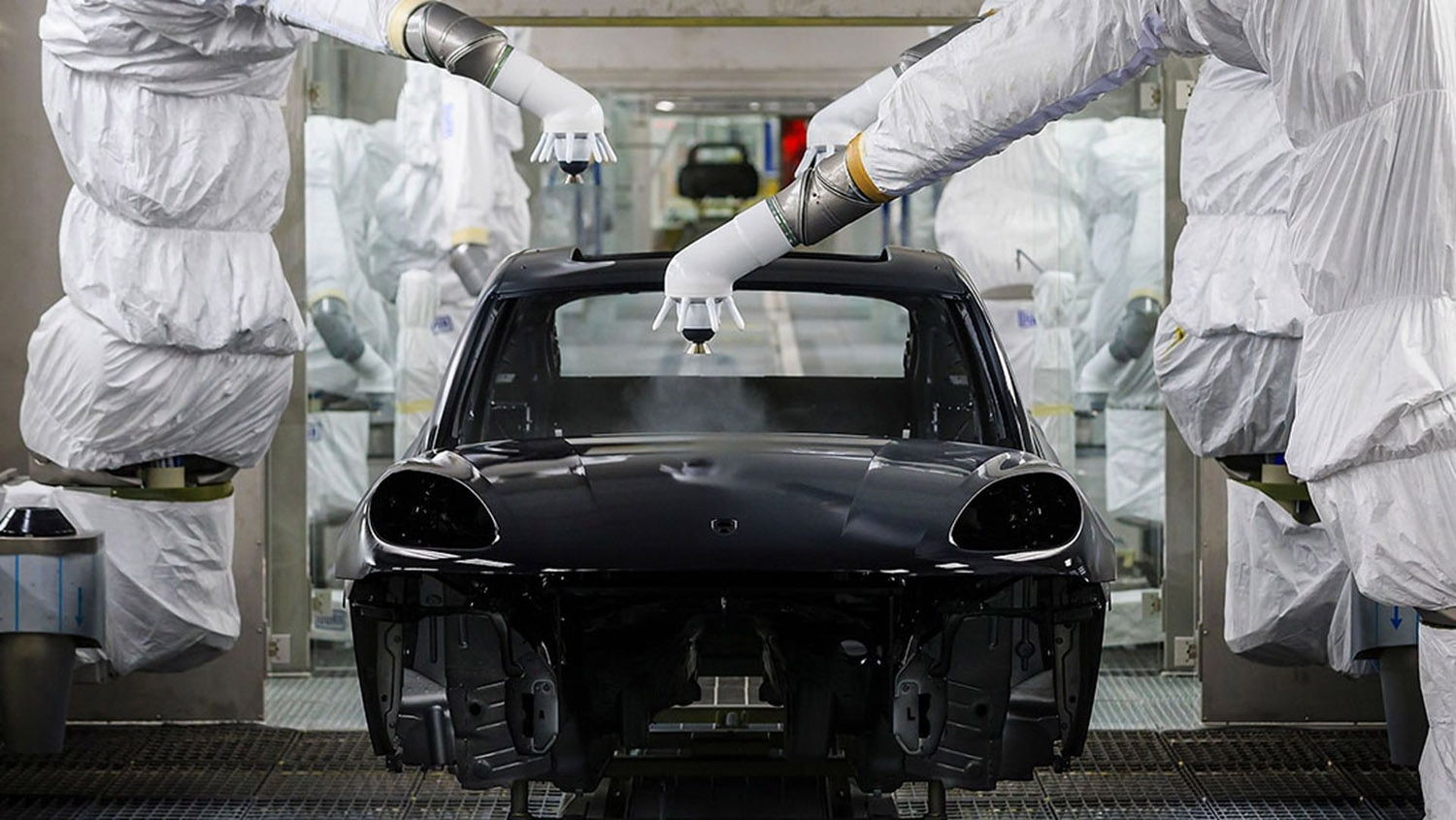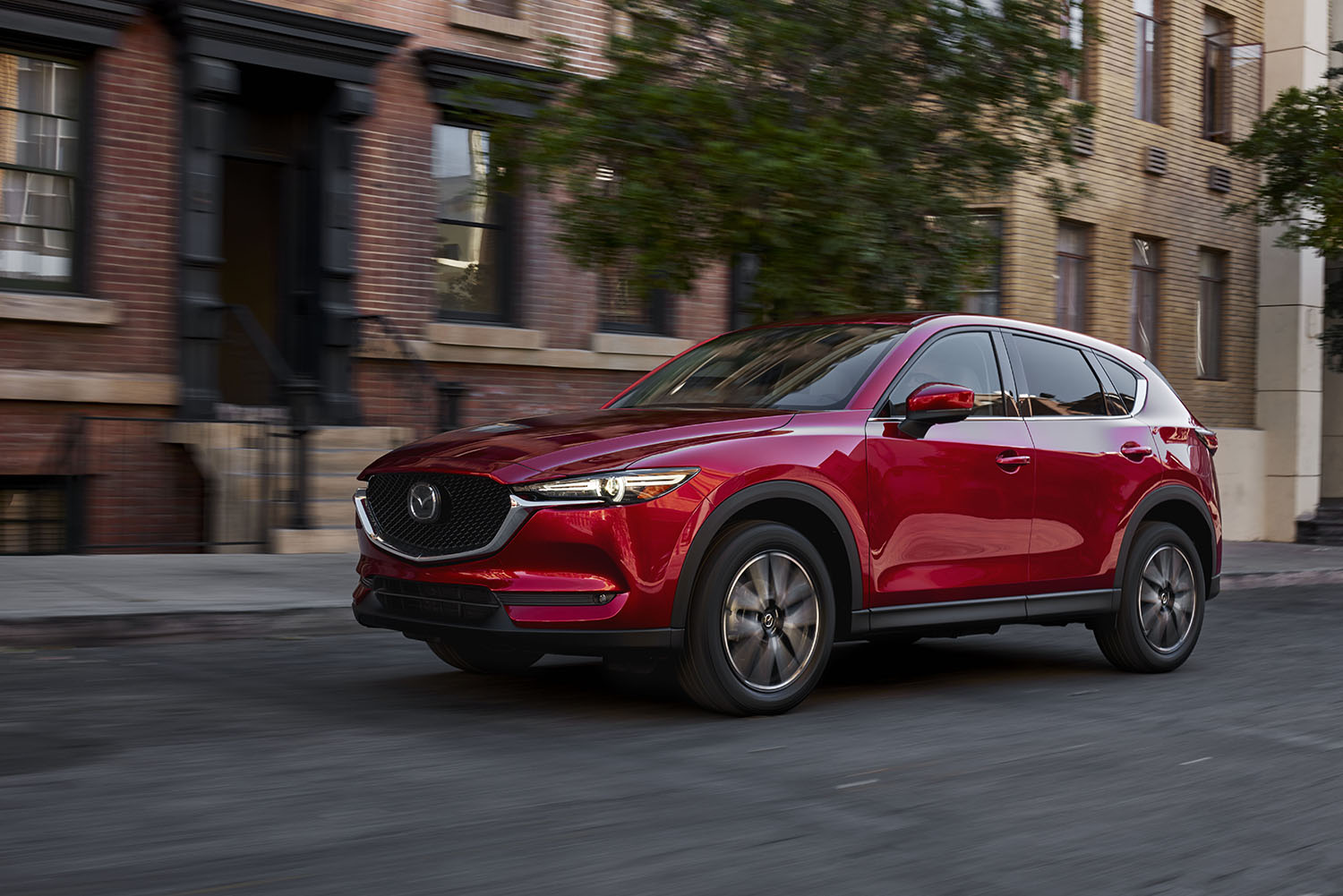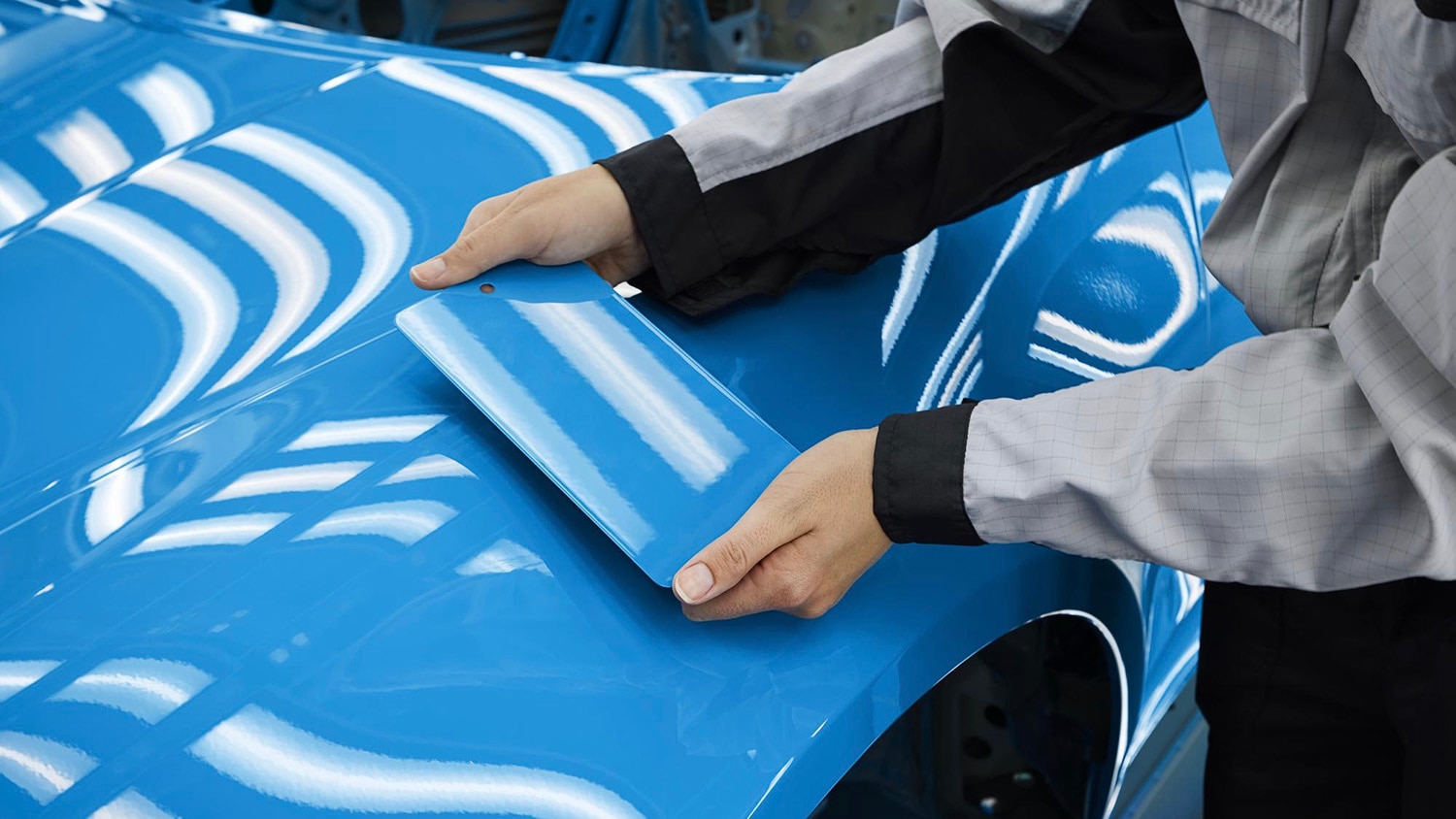Why Do Some Paint Colors Cost More?
Automakers can and do charge extra for special colors and finishes.
 Porsche
Porsche
When famed carmaker Henry Ford got his moving assembly line going in the early 1900s to build Model Ts, he limited the vehicle's exterior palette, saying that customers could have any color they wanted as long as it was black. Why? Sticking to one color helped keep costs down and also kept the line moving.
The mass-produced Model T eventually evolved beyond basic black to offer several colors to better compete in a growing automobile market. Today, cars are available in all manner of finishes, with some automakers letting buyers choose any pigment they desire — for a price, of course. The reasons for a higher price can range from metallic flakes to extra application time to the fact that some colors just have more cachet than others.
 Porsche
Porsche
Why Some Paint Costs Extra
Play around with nearly any online car configurator and you'll likely see an extra-cost paint option. Carmakers tend to offer plain white and black along with a handful of other colors at no charge, but a pearlescent white, a metallic black, or a deep blue could demand more. That's because adding things to the paint — such as metal flakes that make the sheetmetal shimmer in the light — can also add cost, whether it's in the price of the materials, the extra labor needed to apply the paint, or both. If more coats or time are required, it means increased labor costs and reduced line efficiency. In some cases, the car and its to-be-attached parts can be pulled off the regular line and painted in a special area, sometimes by hand instead of by a robot.
Matte paint, which generally lacks a flaw-concealing clear-coat, is often a pricey concern, as it's harder to apply and could require additional prep. Car shoppers should keep in mind that such an exterior can be difficult and expensive to repair if chipped.
 Mazda
Mazda
Why Automakers Charge More for Certain Colors
While some colors do cost the automaker more outright, the reason for an added paint-color fee might sometimes have more to do with market economics (what people will pay) than the cost of raw materials. In short, some companies charge more for desirable colors because they can.
Take Mazda, for example, which offers the extra-cost Soul Red Crystal metallic paint on nearly all of its model lines. (The California-only MX-30 electric vehicle is left out, sadly). Does the paint cost more to procure and apply? It's possible, but if that were the only reason for the upcharge, you might think the added cost would vary with the size of the vehicle. Not so. It doesn't matter if you want Soul Red on a two-seater MX-5 Miata roadster or a three-row CX-90. The deep shade is $595 across the board.
Then there can be disparities in hue pricing within the same corporation. The new GMC Canyon and Chevrolet Colorado midsize pickups, which share a platform and much of their sheetmetal, offer some of the same paint colors at different price points. Desert Sand Metallic will set you back an additional $495 on the GMC, while the same hue, called Sand Dune Metallic at the Chevy store, is available on the Colorado for no extra dough.
Some paint colors are available as special-order items only, usually as part of a customization program. You'll likely pay thousands of dollars for an Audi Exclusive special paint, for instance. Same goes for something from Mercedes-Benz Manufaktur or BMW Individual.
The appeal, or at least the expected appeal, of a color can also factor into the paint-onomics. If the company thinks its signature green will be a hit, it can charge a premium for it, and it's a good bet that people will pay.

Paint to Sample, Explained
What if you don't like any of the choices on the menu? This is where paint to sample comes in, allowing the customer to submit a color swatch to be matched — similar to the custom-paint process at Home Depot. Some high-end automotive manufacturers offer a choose-your-own-paint adventure through their customization verticals, including Bentley Mulliner, Rolls-Royce Bespoke, and Ferrari Tailor Made.
Porsche's paint-to-sample program is perhaps the best known among car-color enthusiasts. The carmaker even organizes events that feature one-off and rare-hued cars from its history. Porsche offers varying levels of color exclusivity, with the pinnacle being true paint to sample, wherein the company paints sample body panels in your requested shade for approval before applying the color to the finished car. For reference, this privilege costs about $30,000 on a 2023 911, while choosing from the spectrum of pretested colors in the brand's Exclusive Manufaktur program runs closer to $13,000.
Written by humans.
Edited by humans.
 David Gluckman
David GluckmanDavid Gluckman has over a decade of experience as a writer and editor for print and digital automotive publications. He can parallel park a school bus, has a spreadsheet listing every vehicle he’s ever tested, and once drove a Lincoln Town Car 63 mph in reverse. When David’s not searching for the perfect used car, you can find him sampling the latest gimmicky foodstuffs that America has to offer.
Related articles
View more related articles